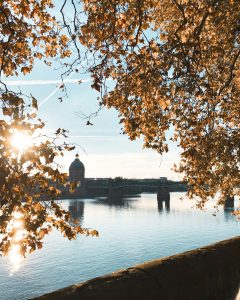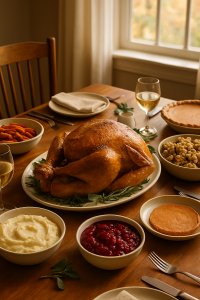Long before supermarkets stocked aisle after aisle of bunny-shaped sugar time bombs, humans were already celebrating the arrival of spring. Fertility, rebirth, and new life were big themesm understandably, after a long winter of eating roots and regretting not moving to the Mediterranean.
One such celebration was Ēostre (or Ostara), a Saxon/Germanic festival named after a goddess of spring. She was associated with dawn, new beginnings, and, no surprise, fertility symbols like eggs and hares. So, was Ēostre real or a posthumous invention by a monk with a fondness for etymology? Historians still argue. But the name stuck, especially in English-speaking lands.
By the 2nd century AD, early Christians began marking the resurrection of Jesus Christ, a cornerstone event of the faith. It happened around the same time as Jewish Passover, which made calendar planning easy. But when Christianity spread north, it met local customs and went, “Ooh, nice bunny motifs, mind if we borrow these?” And thus began the great blend: the Christian Easter absorbed the themes of new life and rebirth. Eggs, originally symbolic in pagan rituals, were adopted as metaphors for the empty tomb and Jesus’ resurrection.
During Lent, the 40 days before Easter, medieval Christians were banned from eating meat, dairy, and eggs. But hens, being blissfully ignorant of ecclesiastical calendars, kept laying. So eggs were boiled to preserve them. Come Easter Sunday, the fast ended with feasts, and a glut of hard-boiled eggs that needed eating. Hence, the egg became a handy symbol and snack in one.
Later, people started painting them, hiding them, and occasionally launching them at each other (yes, long before it became an option for targtting stingy people who didn’t have sweets ready at Halloween). By the 18th and 19th centuries, European chocolatiers in France and Germany began making chocolate eggs, because let’s face it, real eggs just can’t compete with praline – my favourite!
The first ones were solid and bitter (not unlike some 18th-century theologians), but as chocolate-making improved, the treats got smoother, sweeter, and eventually hollow, ideal for smuggling in even more sweets. To this day, I can remember how the Easter eggs in France came with small packs of chocolate fish or rabbits… bliss!
By the Victorian era, the idea had reached Britain, and by the 20th century, Easter chocolate was a full-blown industry. Today, you’re more likely to find a child with chocolate on their nose than an actual egg from a chicken.
The Easter Bunny seems to have hopped across the channel from German folklore, where an egg-laying hare (Osterhase) judged children’s behaviour and rewarded the good ones with eggs. (How a rabbit lays eggs is a question best left unasked, but the idea stuck). German immigrants brought the tradition to America, and it quickly spread, because, apparently, people really like rodents with confectionery. The bunny now appears everywhere: in gardens, on packaging, and, if you’ve eaten too much sugar, in mildly alarming dreams (not of the Playboy kind…)
Today, Easter is celebrated in many ways:
Religiously – with church services, candlelit vigils, and joyful proclamations of resurrection.
Culturally: with egg hunts, Sunday roasts, and inevitable debates over whether Cream Eggs have shrunk since last year.
Commercially: with a dizzying array of chocolate goods, pastel-coloured everything, and supermarket promotions that start just after New Year’s Day (because capitalism waits for no one).
Easter is a festival with an interesting blend across the centuries: part sacred festival, part seasonal party, part marketing masterstroke. It’s a holiday that asks us to reflect on deep spiritual truths, and then immediately hands us a foil-wrapped bunny and a sugar high that would make your diabetes nurse tut loudly – no names here; you know who you are … 😉
Whether you spend it in church, in a field looking for eggs, or under a duvet, clutching your tummy and swearing you will fight the next easter egg that falls into your shopping trolley, Easter remains a time of renewal, hope, and sweet cacao indulgences. It’s the start of a lovely sunny day today, so I hope you all have the same.
Photo by Anna Bratiychuk



